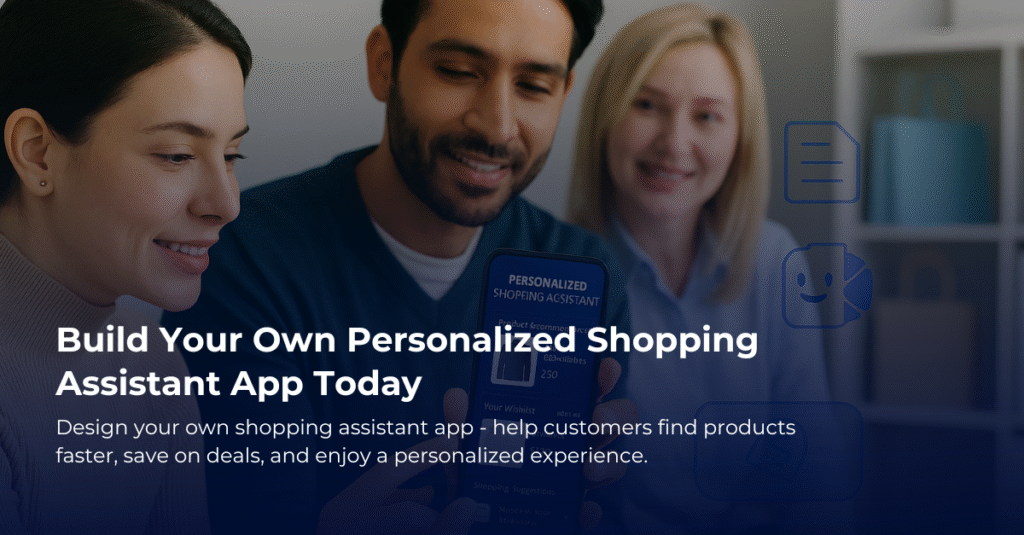Building a Personalized Shopping Assistant App: A Simple Guide
So, you’ve been hearing more about personalized shopping assistant apps lately. Perhaps you’ve come across the idea while scrolling through social media or chatting with friends. It’s natural to wonder what they’re all about and how they might benefit your business. Many people assume they are complicated tech projects only big companies can pull off, but that’s a myth. Let’s dive into what a personalized shopping assistant app is and how you can create one, tailored for your business.
What Is a Personalized Shopping Assistant App?
At its core, a personalized shopping assistant app is designed to help users find products that fit their preferences and needs. Think of it like having a knowledgeable friend who knows exactly what you like and can help you make shopping decisions. The app can offer product recommendations, manage wish lists, compare prices, and even notify users about sales or special offers.
Why Should You Consider Building One?
You might be asking yourself, “Why do I need an app for this?” Here’s the thing: most consumers today expect a seamless, customized shopping experience. If your store can provide recommendations based on past purchases or user preferences, it can lead to higher customer satisfaction and ultimately more sales. Imagine this scenario—your customer relates their preferences casually during a conversation. Later, the app reminds them of a new product that matches those preferences. It’s like you have a personal shopper on hand, even when they’re browsing online.
Key Features to Include
- User Profiles: Allow users to create profiles where they can save preferences, sizes, and favorite brands.
- Recommendation Engine: Implement a system that suggests products based on browsing behavior and past purchases.
- Wish Lists: Enable customers to save items they might want to buy later, encouraging them to return.
- Price Alerts: Let users set alerts for when items on their wish list drop in price.
- Feedback System: Encourage users to rate and review products, which helps refine future recommendations.
Steps to Building Your App
Now that you know what features to consider, let’s outline a simple process to bring your vision to life.
- Define Your Goals: Start by identifying what you want your app to achieve. Is it to increase sales, enhance customer loyalty, or provide a smooth shopping experience?
- Research Your Audience: Understand your target customers. What are their shopping habits? What features would they find useful?
- Choose a Development Approach: You can either hire a development team, use a no-code platform, or partner with a tech firm. Each option has its pros and cons, so choose one that fits your budget and technical expertise.
- Design the User Experience: Focus on making the app intuitive and user-friendly. A straightforward and enjoyable experience will keep customers coming back.
- Launch and Gather Feedback: Once you’ve launched the app, actively seek user feedback. This will help you identify areas for improvement and new features to add.
Final Thoughts
Creating a personalized shopping assistant app may seem daunting, but with a clear understanding of your goals and audience, it can be a manageable project. This app will not only strengthen your relationship with customers but also significantly enhance their shopping experience. If you approach this with creativity and care, you might just find it becomes one of your most valuable assets.
So, ready to consider building that app? It might be just what you need to take your business to the next level!







